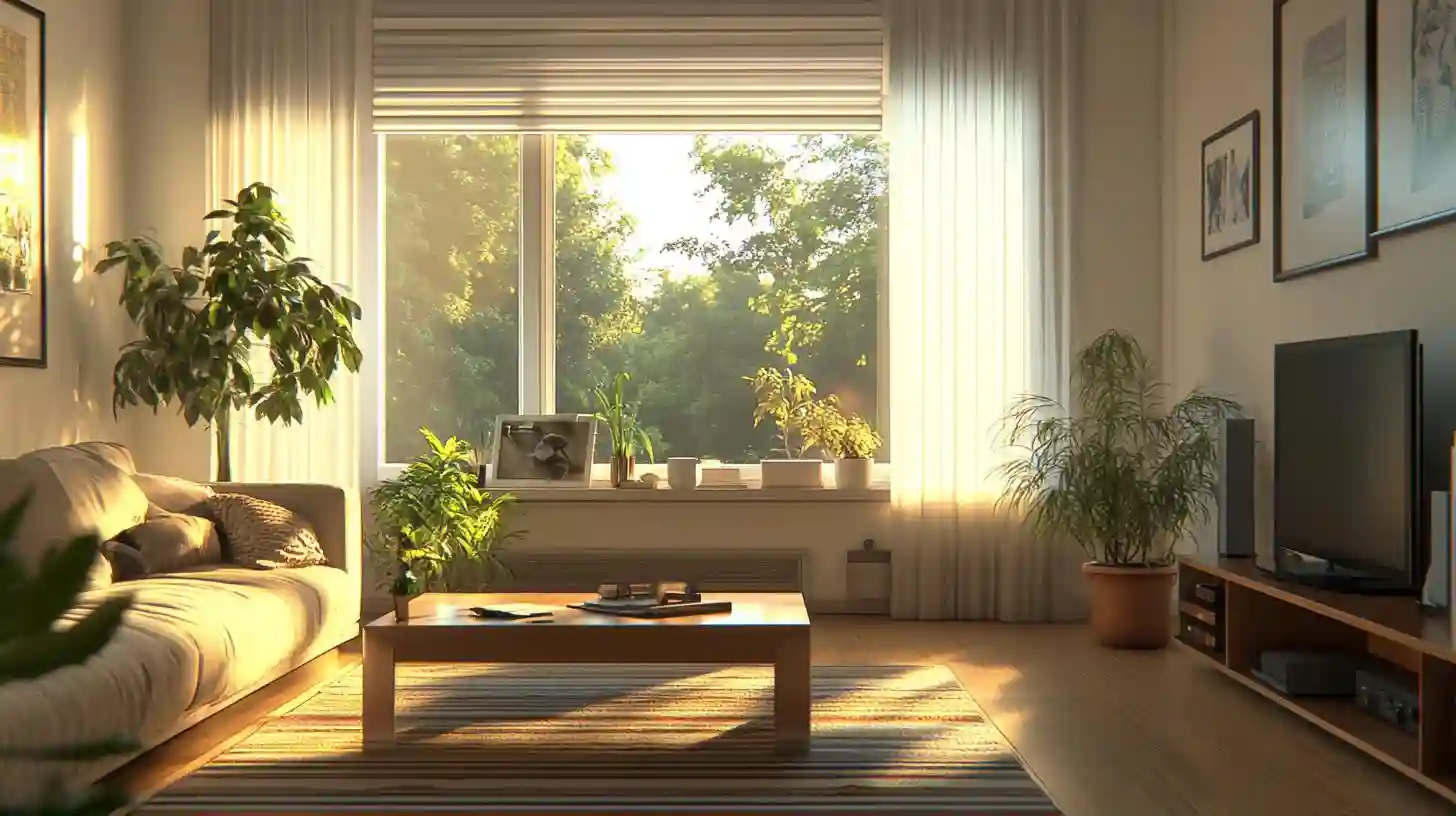
Minimalist living rooms have gained popularity for their clean lines and uncluttered aesthetics. This design approach, characterized by simplicity and functionality, offers an inviting backdrop for personal expression. However, transforming these spaces into fashionable environments requires thoughtful consideration of current trends and expert insights. One of the key elements in achieving a stylish minimalist living room lies in the use of color. Neutral tones, such as whites, greys, and beiges, are foundational in minimalist decor, but incorporating subtle pops of color can add vibrancy without overwhelming the space. A carefully chosen accent wall or a few strategically placed accessories can breathe life into a room, allowing it to reflect personal style while retaining that desired minimalist essence.
Furnishings play a pivotal role in defining the character of a minimalist living room. Choosing furniture that embodies both functionality and style is crucial. Sleek, modern designs are preferred, often incorporating materials like wood, metal, or glass. Sofas and chairs with clean lines and integrated storage solutions can enhance the minimalist approach while ensuring that the space remains practical. Additionally, the trend is shifting towards modular furniture that allows for flexibility, enabling homeowners to easily adapt their living rooms for different occasions. This adaptability enhances both the fashion and functionality of these spaces, making them more dynamic and appealing.
Textures also hold significant importance in minimalist design, creating depth and interest without compromising simplicity. Incorporating various materials can elevate the overall aesthetic. For instance, blending smooth surfaces with soft textiles can evoke warmth and comfort while maintaining a streamlined feel. Consider layering different textures through throw pillows, blankets, or rugs in subtle hues. This layering adds dimension and can highlight key design elements, possibly centering attention on a beautiful piece of furniture or an art installation.
Lighting is another crucial aspect that can dramatically transform a minimalist living room. The right lighting not only illuminates the space but also enhances its aesthetic appeal. Choosing fixtures with clean lines and contemporary designs is essential. Natural light should be maximized through the use of sheer curtains or strategically placed mirrors that reflect sunlight and make the room feel larger. Combining ambient and task lighting with statement pieces, such as sculptural floor lamps, can create visual interest while ensuring the space remains functional and inviting.
Art and decor can significantly contribute to the transformation of a minimalist living room without succumbing to clutter. Selecting a few carefully curated pieces allows for personal expression while adhering to minimalist principles. Large-scale artworks or a gallery wall with a cohesive theme can serve as striking focal points in the room. This approach maintains the minimalist ethos while demonstrating individual taste and creativity. Decorative elements should be chosen deliberately, ensuring they add to the space rather than distract from its simplicity.
Nature-inspired elements have become increasingly sought after in contemporary minimalist design, serving to bridge the gap between indoor and outdoor spaces. Incorporating plants into the living room not only adds a splash of color but also enhances air quality and promotes a sense of calm. Choose low-maintenance options to preserve the minimalist aesthetic; succulent plants or strategically placed greenery can create a relaxing ambiance without the visual clutter typically associated with more elaborate arrangements.
Sustainability is also a growing trend influencing minimalist design. The conscious selection of materials that are eco-friendly, ethically sourced, or reclaimed can enhance the overall appeal of living spaces while demonstrating a commitment to environmental responsibility. Furnishings and decor created from sustainable materials not only embody contemporary fashion but also align with the values of a mindful lifestyle, resonating with the principles of minimalism.
In addition to aesthetics and functionality, the emotional aspect of minimalist living emerges as a significant factor in the transformation of these spaces. A minimalist living room should evoke a sense of peace and tranquility, serving as a sanctuary from the distractions of everyday life. The thoughtful arrangement of furniture and decor can influence the flow of energy within the room, creating an atmosphere conducive to relaxation and connection. By focusing on simplicity, each chosen element becomes more meaningful, contributing to an overall sense of harmony.
Integrating technology into a minimalist living room can amplify its modern appeal while staying true to the underlying principles of simplicity. Smart home innovations can seamlessly blend into the design, providing convenience without compromising aesthetic value. Hidden technology options, such as built-in sound systems or integrated lighting controls, offer functionality while maintaining a clutter-free environment. Emphasizing clean design ensures that technology becomes a complementary feature rather than an intrusive element, preserving the room's minimalist character.
All these aspects work together to create a fashionable living room that reflects personal style while maintaining the ethos of minimalism. By thoughtfully curating elements of color, furnishings, textures, lighting, decor, and technology, anyone can transform a simple minimalist environment into a stylish and functional sanctuary that embodies both contemporary trends and individuality.